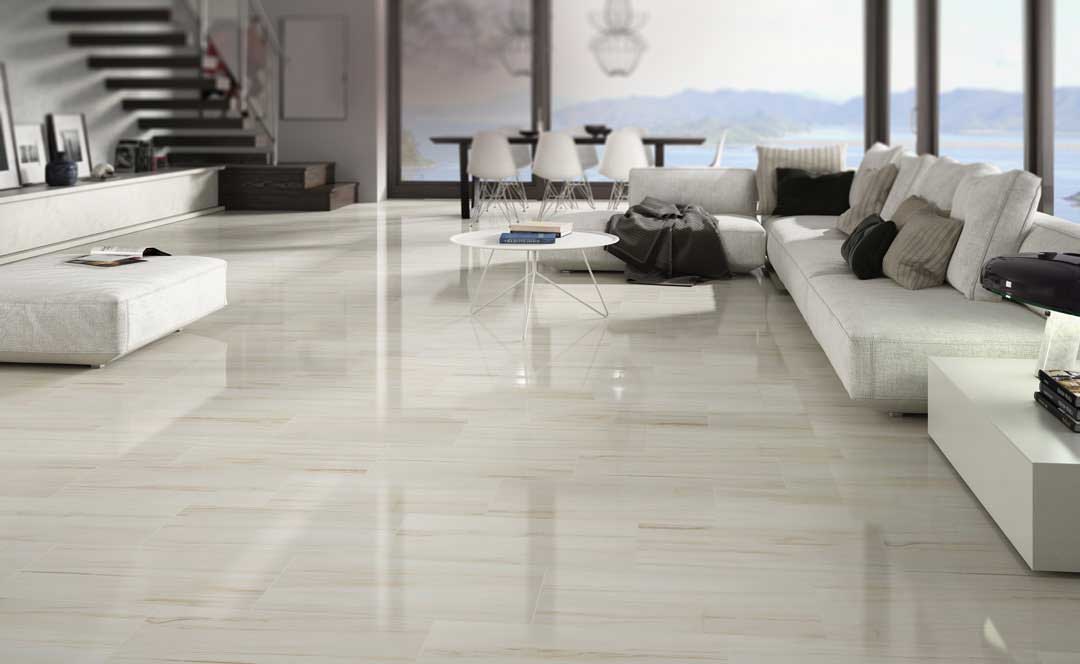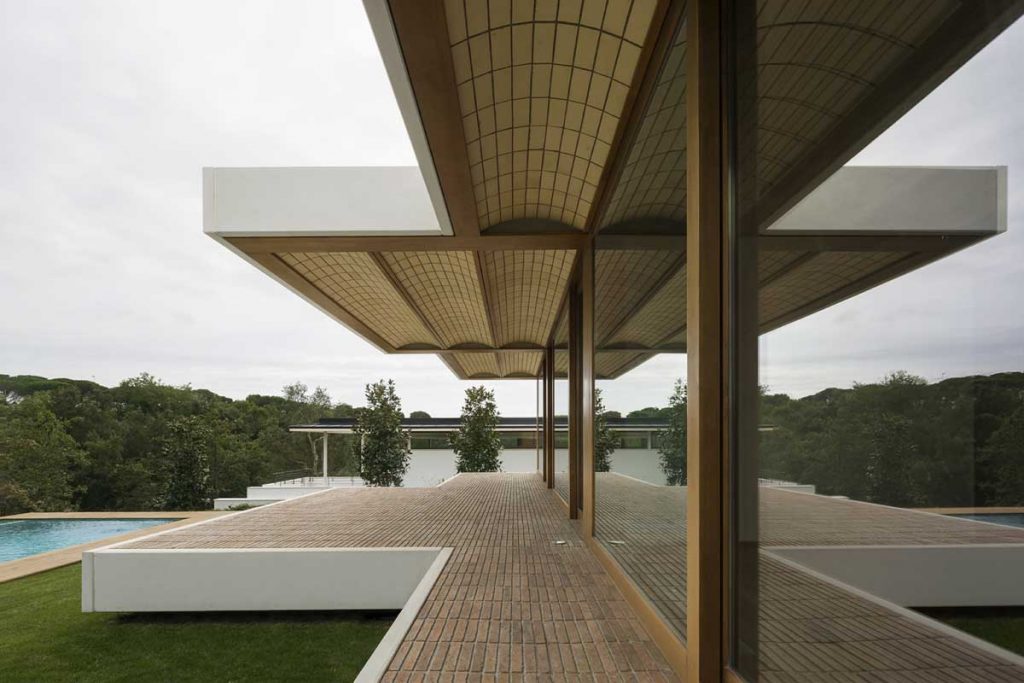New Era for Green Materials
In the realm of construction and architectural design, the quest for sustainability and functionality is an ever-present concern. One material that has emerged as a remarkable contender in this quest is porcelain stoneware. This versatile and eco-friendly material not only stands as a testament to the strides made in the ceramics industry but also exemplifies a harmonious blend of aesthetic appeal, practicality, and environmental consciousness. In this discussion, we delve into the enduring virtues of porcelain stoneware, exploring its exceptional durability, ease of maintenance, health benefits, and eco-friendly attributes that make it a preferred choice for modern architectural surfaces.
Emphasizing sustainability in processes and products, along with the digital transformation of data, are the driving forces propelling architecture into an innovative, high-tech future.
The report titled “The Next Normal in Construction” highlights how the crisis has hastened the transformation of the construction sector. It underscores a shared consensus on key paradigms, including the adoption of circular economy principles, decarbonization efforts, a heightened focus on public health, digitization, interdisciplinary collaboration, and enhanced services.
The study also affirms that the construction industry, the largest in the world, contributing to 13% of global GNP, has seen a mere 1% annual growth in productivity over the past two decades. As a result, the entire production chain from design to maintenance must confront a range of fresh challenges, such as the integration of sustainability requirements, cost pressures, a shortage of skilled labor, the utilization of novel materials, innovative industrial methods, digitalization, and the emergence of a new category of industry players poised to revolutionize the value chain.
A Shifting Paradigm:
Design For Manufacturing and Assembly (DFMA) In contrast to previous years when the primary focus lay on environmental sustainability and digitization, the construction sector and industry now find themselves captivated by the concept of Design For Manufacturing and Assembly, often abbreviated as DFMA. This approach is driving increased integration with the design process, incorporating specific expertise in digital transformation, and extending its influence into the Real Estate sector. Presently, the digitization of buildings is transcending the boundaries of Building Information Modelling (BIM) to encompass the “Digital Twin” concept. This involves creating a virtual model of the building that encompasses all its attributes and continuously evaluates its environmental and operational performance throughout its entire lifecycle. While initially applied to large-scale projects, this modeling technique is gaining broader adoption.
The Lifecycle Sustainability of Ceramics
When we consider the foremost factor of the future, sustainability, it’s evident that the ceramic surfaces industry has made remarkable strides. This sector embraced the principles of the circular economy long ago, focusing on the efficient use of raw materials and energy resources while prioritizing recycling and the reuse of scrap and waste materials. Porcelain stoneware, in particular, stands out as a material with excellent thermal properties, making it an optimal choice for underfloor heating systems. It has low heat retention compared to other materials, enhancing the energy efficiency of heating systems. For instance, when using large-format stoneware slabs for building envelopes, especially in ventilated systems, they not only enhance energy performance but also provide robust protection for substructures and exceptional design flexibility.
The versatility of stoneware makes it suitable for installation both indoors and in outdoor spaces. Porcelain stoneware does not absorb water and is highly resistant to frost and various types of extreme weather conditions. Moreover, it does not combust or emit toxic or harmful gases when exposed to fire or flames.
Ceramic coverings are renowned for their outstanding durability, maintaining their visual appeal unchanged for many years. High-quality porcelain stoneware is fired at temperatures exceeding 1200°C, and the ceramic pigments used are derived from natural elements. This natural foundation ensures the stability of surfaces and textures, preventing alterations even when exposed to ultraviolet radiation.
Given its remarkable resistance, cleaning porcelain stoneware is a simple task, often requiring only a damp cloth with hot water and a standard cleaning agent. Thanks to its unique production process, porcelain stoneware is impervious to all types of liquids, including kitchen spills like oil, wine, or coffee, as well as bathroom substances like perfumes, nail lacquers, and creams. It can also withstand ammonia-based chemical cleaners and rigorous room sanitation procedures.
Stoneware coverings rank among the healthiest building materials available, as they are entirely free from organic toxins, such as volatile organic compounds (VOC), formaldehyde, PVC, and other petroleum-derived chemicals. Its dense, non-porous, and entirely impermeable surface does not harbor dust mites, bacteria, fungi, or molds, which are often culprits in asthma and allergies.
Porcelain stoneware stands as one of the most environmentally friendly choices for architectural surfaces. Every stage of its production process is conducted with environmental considerations in mind, from the extraction of raw materials to industrial production, meeting the highest standards for energy and water efficiency. Additionally, the material is fully recyclable and can be repurposed as an aggregate, ensuring responsible disposal practices.






